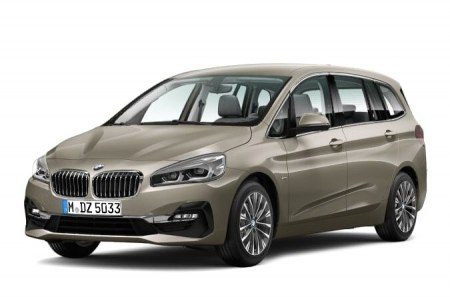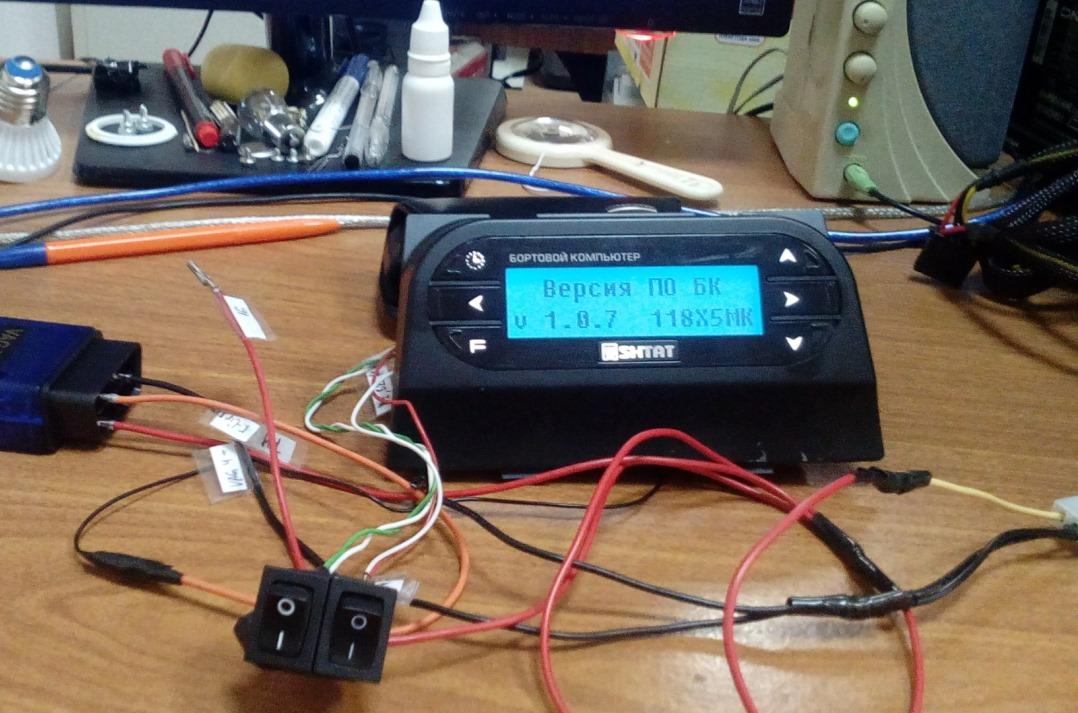
Do-it-yourself flashing of the car's on-board computer - when required, step-by-step instructions
Content
The software loaded into the electronic unit ensures its functioning, therefore it depends on the software what operations and how it will perform.
The development of automotive and computer production forces car owners to keep up with the times, which sometimes requires reflashing the car's on-board computer in order to restore its operation or give it the ability to perform some unusual functions.
What is an on-board computer
Until now, there is no clear generally accepted definition of an on-board computer (BC, bortovik, carputer), therefore, a number of microprocessor devices (devices) are called this term, that is:
- route (MK, minibus), which monitors the main operational parameters, from mileage and fuel consumption, to determining the location of the vehicle;
- an electronic control unit (ECU) for some units, for example, an engine or automatic transmission;
- service (serviceman), which is usually part of a more complex system and only displays data received from the main unit of the control computer or conducts simplified diagnostics;
- control - the main element of the control system for all units of modern vehicles, which includes several microprocessor devices united in a single network.
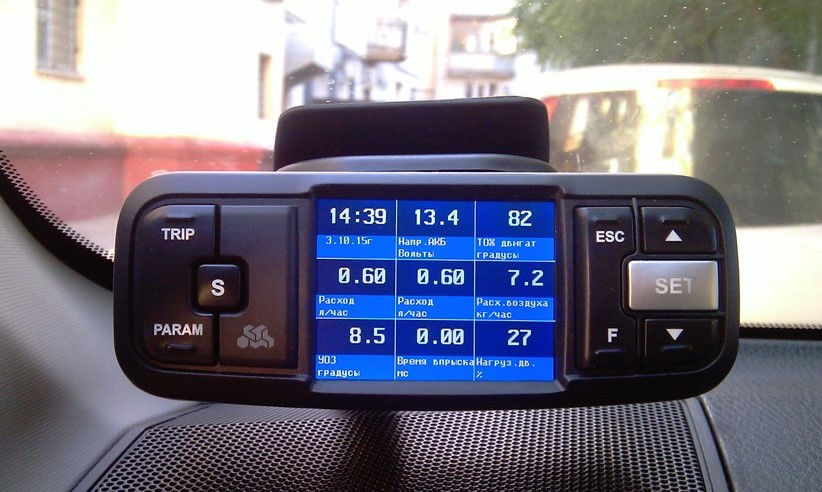
On-board computer
To upload new firmware to other types of BC, you need not only special equipment, but also a specialist who is well versed in all electronic automotive systems, as well as able to repair and configure them.
What is software
Any electronic device is a set of connected components in a certain way, which allows it to perform simple arithmetic operations, but in order to solve more complex tasks, it is necessary to prescribe (fill in, flash) the appropriate procedure into them. We will explain this using the example of determining fuel consumption.
The engine ECU polls various sensors to determine the mode of operation of the engine and the intentions of the driver, digitizing all this information. Then, following the algorithm prescribed in its firmware, it determines the optimal amount of fuel for this mode of operation and the corresponding fuel injection time.
Due to the fact that the pressure in the fuel rail is supported by the fuel pump and the pressure reducing valve, it is at the same level, regardless of the mode of operation of the power unit. The pressure value is written in the algorithm filled in the ECU, but, on some vehicles, the control unit receives signals from an additional sensor that monitors this parameter. Such a function not only improves control over the operation of the internal combustion engine (ICE), but also detects malfunctions in the fuel line, giving a signal to the driver and urging him to check this system.
The amount of oxygen entering the cylinders is determined by the mass air flow sensor (DMRV), and the optimal ratio of the air-fuel mixture for each mode is written in the ECU firmware. That is, the device, based on the data obtained and the algorithms sewn into it, needs to calculate the optimal opening time of each nozzle, and then, again, using signals from various sensors, determine how efficiently the engine processed the fuel and whether any parameter needs to be corrected. If everything is normal, then the ECU, with a certain frequency, generates a digital signal describing the amount of fuel spent on each cycle.
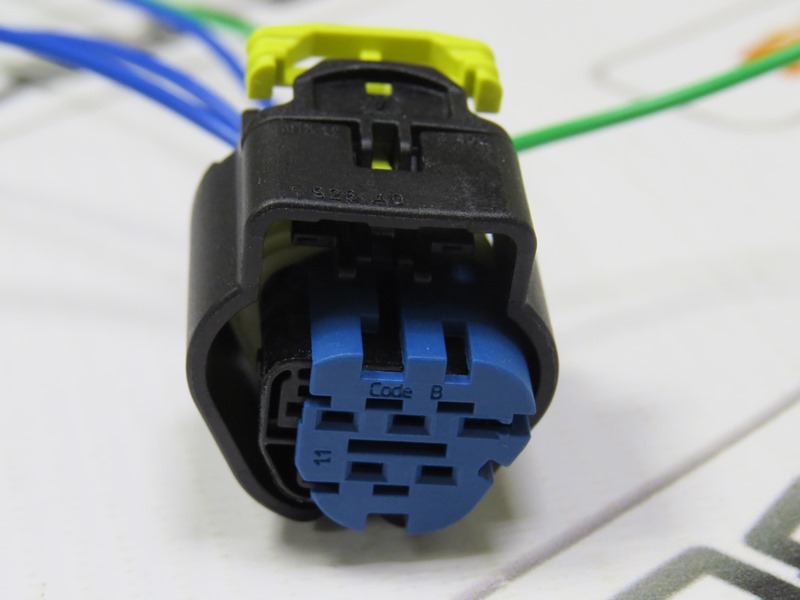
Mass air flow sensor
MK, having received this signal and collecting readings from fuel level and speed sensors, processes them in accordance with the program uploaded to it. Having received signals from the vehicle speed sensor, the route planner, using the appropriate formula included in its firmware, determines fuel consumption per unit of time or some distance. Having received information from the fuel level sensor in the tank, the MK determines how far the remaining fuel supply will last. On most cars, the driver can choose the most convenient data display mode, after which the route manager translates the information ready for issuance into the most convenient format for the driver, for example:
- number of liters per 100 km;
- the number of kilometers per 1 liter of fuel (this format is often found on Japanese cars);
- fuel consumption in real time;
- average consumption for a certain time period or distance run.
All these functions are the result of the firmware, that is, computer software. If you reflash the device, you can give it new functions or change something in the implementation of old ones.
Why do you need a flashing
The software loaded into the electronic unit ensures its functioning, therefore it depends on the software what operations and how it will perform. In the BC of outdated models, thanks to many years of operation, it is possible to reveal hidden features that either need to be somehow compensated if they are negative, or can be used if they are positive. As these hidden features are discovered, it is necessary to make changes to the device's stock firmware, releasing new versions of the flashing software to make the carputer more reliable and efficient.
Like any other device, the on-board computer is exposed to external factors, such as power surges, which can damage the program uploaded to it, due to which its functioning is disrupted. If the diagnostics did not reveal damage to the electronic or electrical components of the unit, then the problem is in the software and they say about such a situation - the firmware has flown.
Another reason for performing this operation is the need to change the mode of operation of the device or the system it controls. For example, flashing (reprogramming) the engine ECU changes its characteristics, for example, power, fuel consumption, etc. This is especially true if the owner of the car is not satisfied with the standard settings, because they do not fit into his driving style.
General principles of flashing
Each car computer has the ability to update or replace the software, and all the information necessary for this comes through the corresponding contact of the plug-in block. Therefore, for flashing you will need:
- personal computer (PC) or laptop with the appropriate program;
- USB adapter;
- cable with the appropriate connector.
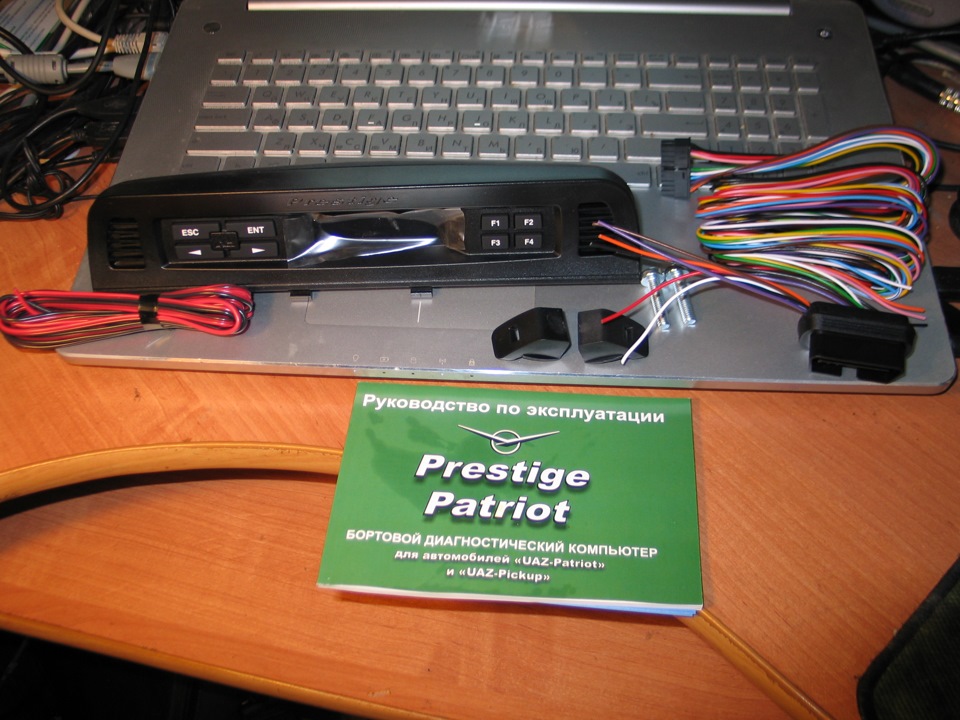
BC update via laptop
When all the equipment is ready, as well as the appropriate software is selected, it remains to choose how to flash the car’s on-board computer - completely fill in a new program or edit what is already there, changing the values \uXNUMXb\uXNUMXband formulas in it. The first method allows you to expand the capabilities of the carputer, the second only corrects its functioning within the specified algorithm.
One example of flashing an on-board computer is changing the display language, which is especially important if the car was built for other countries and then imported into Russia. For example, for Japanese cars, all information is displayed in hieroglyphs, for German cars in Latin, that is, a person who does not speak this language will not benefit from the displayed information. Uploading the appropriate software eliminates the problem and the bortovik begins to display information in Russian, while its other functions are fully preserved.
Another example is the reprogramming of the engine ECU, which changes the mode of operation of the motor. New on-board computer firmware can increase the power and response of the engine, making the car more sporty, or vice versa, reduce fuel consumption, depriving the vehicle of dynamics and aggressive behavior.
Any flashing occurs through the supply of information to the data-contact of the carputer, because this is a standard procedure provided by the manufacturer. But, despite the general approach, the ways to replace the firmware for each BC are individual and based on the recommendations of the manufacturer of this device. Therefore, the general algorithm of actions is the same, but the software and the order of its loading are individual for each model of the on-board device.
Sometimes flashing is called chip tuning, but this is not entirely true. After all, chip tuning is a whole range of measures aimed at improving the performance of the car, and reprogramming the on-board vehicle is only part of it. Perhaps, uploading the right software is enough to achieve the desired result, but the maximum can be achieved only by a set of measures.
Where to get the program for flashing
Compared to personal computers, on-board computers have an extremely simplified structure and "understand" only programs written in machine codes, that is, programming languages of the lowest level. Because of this, most modern programmers cannot competently write software for them, because in addition to the skills of coding at such a low level, an understanding of the processes that this device will affect is also required. In addition, compiling or changing the firmware of any ECU requires much more serious knowledge, including various areas of physics and chemistry, so only a few can create high-quality firmware from scratch or competently change an existing one.
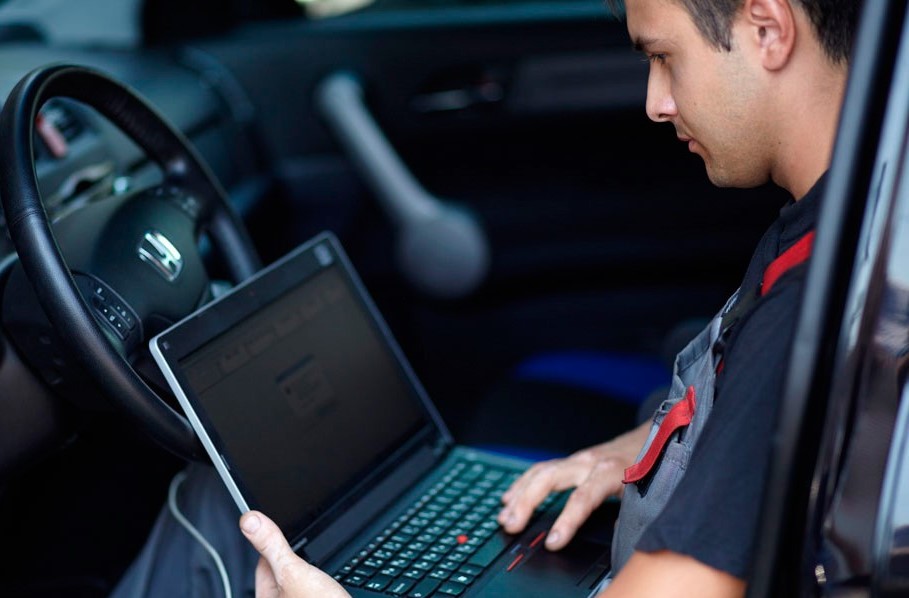
Software update in the workshop
Another place where you can find software suitable for flashing is all kinds of car owner forums, where users discuss their cars and everything connected with them. The advantage of this approach is the ability to get real feedback from those who have tested the new firmware on their car and evaluated it. If you are a user of such a forum, then with a high degree of probability you will not only be helped to choose new software for your betting shop, but will also be consulted about uploading it.
Stitch yourself or entrust to a professional
If you have at least minimal experience in programming electronic components and the corresponding software, then flashing the car's on-board computer will not cause you any difficulties, because the general algorithm of actions is the same for any device. If you do not have such experience, we recommend entrusting the filling of a new program to a specialist, otherwise there is a high probability that something will go wrong and, in the best case, you will have to reflash the carputer, and in the worst case, a complex car repair will be required.
Remember, despite the general algorithm of actions, reprogramming of different blocks even on the same car takes place with serious differences both in software and in the performance of certain actions. Therefore, what is applicable to the Shtat MK for the first generation of the VAZ Samara family (injector models 2108–21099) will not work for the carputer of the same company, but intended for Vesta.
See also: Autonomous heater in a car: classification, how to install it yourself
How to reflash BC yourself
Here is the procedure that will help you reflash the car's on-board computer, from engine control units to MK or service devices:
- disconnect the battery and remove the device from the car;
- on the manufacturer's website or auto forums, find instructions for flashing this particular device model and this car model;
- download the firmware and additional programs that will be required to install and configure it;
- buy or make your own necessary equipment;
- following the instructions, connect the BC to a PC or laptop (sometimes tablets or smartphones are used, but this is not very convenient);
- following the recommendations, upload (flash) new software;
- install the electronic unit on the vehicle and check its operation;
- adjust if necessary.
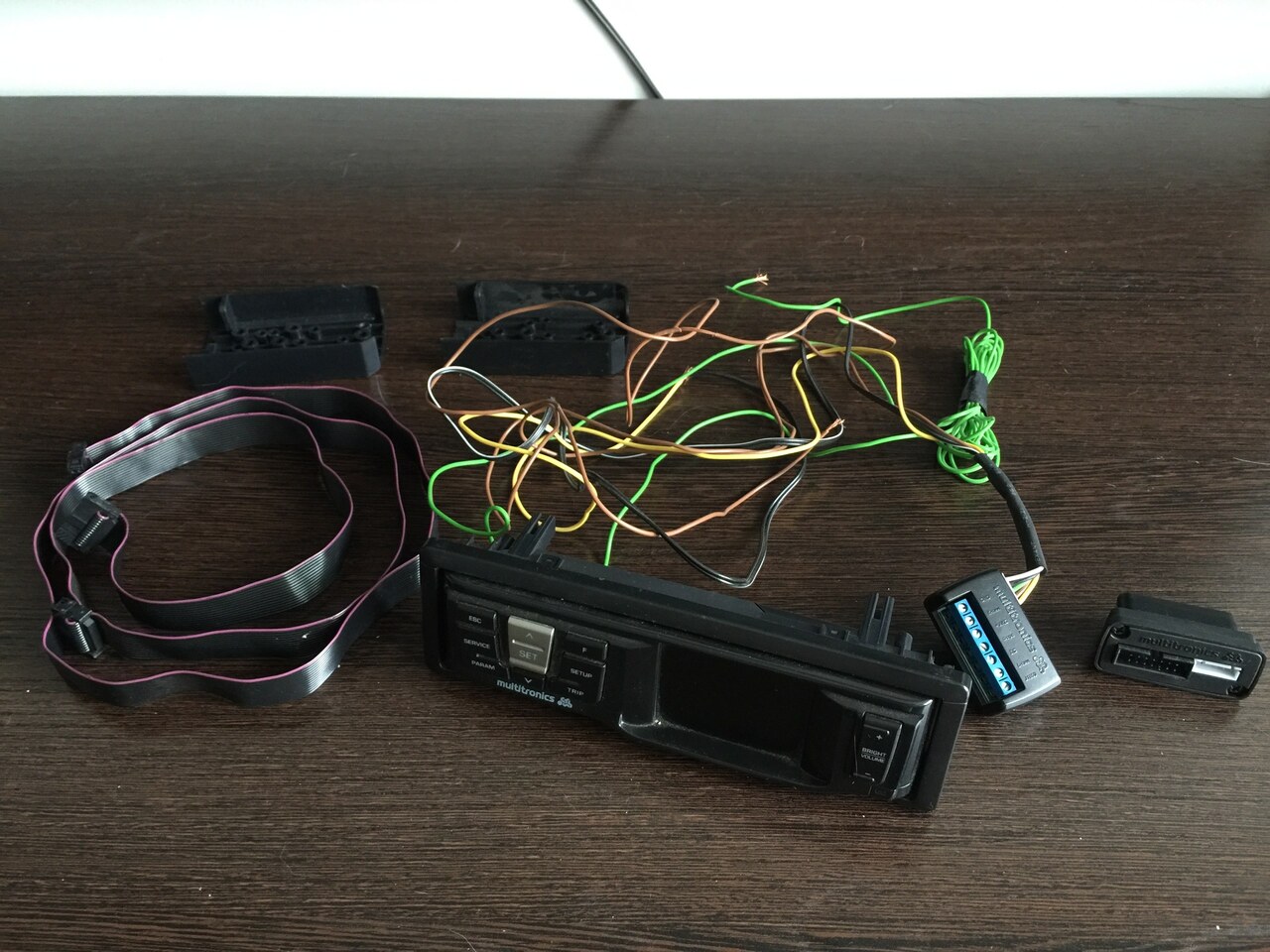
Self flashing
To flash some on-board devices, it is necessary to solder a ROM (read-only memory) chip, because erasing information in it is possible only through ultraviolet irradiation or in some other way not related to digital codes. Such work should be performed only by a specialist who has the appropriate skills and equipment.
Conclusion
Since it is the software that determines all the operating parameters of not only a separate electronic device, but also the car as a whole, flashing the on-board computer restores its normal functioning or improves performance. However, uploading a new program involves not only dismantling the unit from the car, but also using special equipment, and any mistake can lead to both a malfunction of the device and a serious breakdown of the vehicle.
